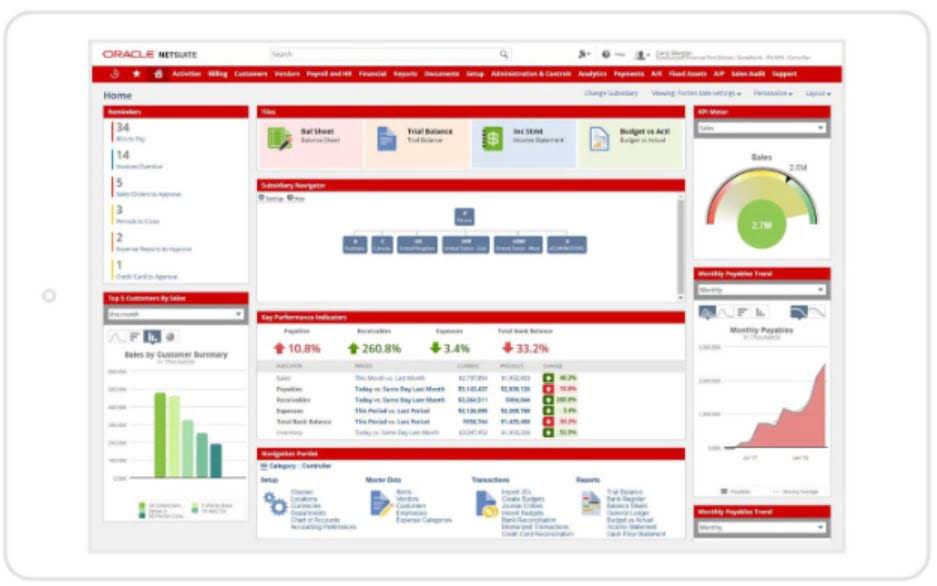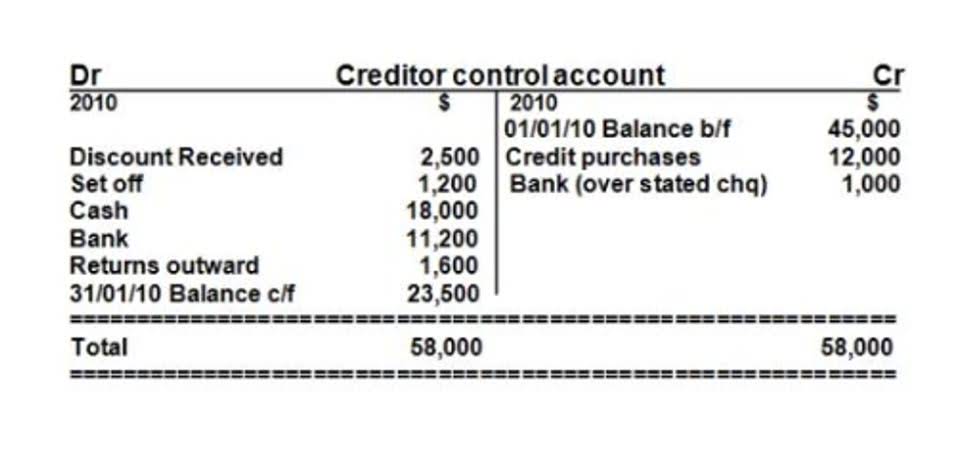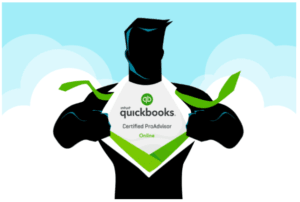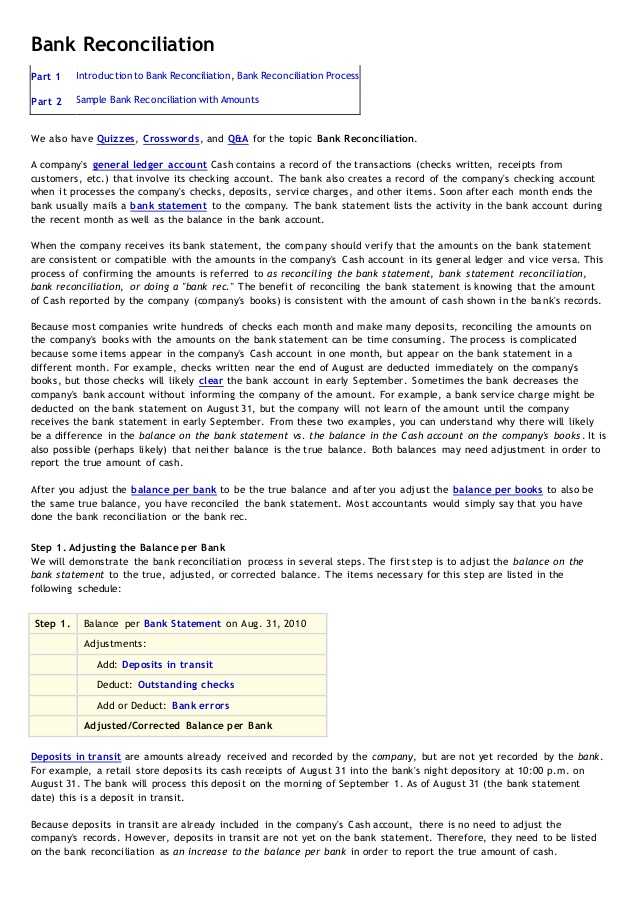Wave has helped over 2 million North American small business owners take control of their finances. Wave has helped over 2 million small business owners in the US and Canada take control of their finances. With this release, we’re waving bye to bugs and hello to stability improvements.
Payments
Track customer views and invoice payments in the Wave dashboard so you always know where you stand with sellers, property managers, buyers and renters. The Wave app lets you easily generate and send invoices to your clients wherever and incur definition and meaning whenever you need to. All your invoicing and payment information automatically syncs with Wave’s accounting feature. Yes, switching from other accounting apps or products to Wave is easy! See our step-by-step guide on how to import bookkeeping data into Wave here. Charge for a one-time compliance audit or ongoing site maintenance; you can schedule recurring invoices or send them manually whenever you need to.
Learn more about how Wave support works here. Enable invoice payments by credit card for a pay-as-you-go fee as low as 2.9% + 60¢, and watch the money roll in. They get the flexibility of paying you via credit card, bank payment, and Apple Pay; you get a reputation as a polished professional. Wave’s bookkeeping software is built for small business owners. Be your own income statement definition bookkeeper, thanks to Wave’s automated features, low cost, and simple interface.
Our money management tools are easyto use separately and more powerfultogether. The rate that you charge for your freelancing services can vary, so it’s important to get a grasp of market trends before sending your clients an invoice or quoting a price. Freelance rates can differ depending on experience level and industry.
Priced right for small businesses
- When everything is neatly where it belongs, tax time is simple.
- They get the flexibility of paying you via credit card, bank payment, and Apple Pay; you get a reputation as a polished professional.
- Wave has helped over 2 million small business owners in the US and Canada take control of their finances.
- For example, the rate a freelance web developer charges may be different than that of a freelance graphic designer, because each freelancer specializes in a different area.
Not being able to see or input the expenses unless I pay for the quick receipt plan in app is kind of a bummer. I’m glad the option is still available online and the system works great and the amount of different charts available is super helpful. Quickly build project estimates and professional invoices that reflect your business. Upload your logo, add customer info, share notes, and set net payment terms with ease. 2 Rates are 1% for bank payments (minimum fee of $1).
Give your clients what they want
Thanks for using Wave to help you stay more in control of your business while on-the-go. We’ll ask you to verify your identity, answer a few questions about your business, and where you’d like the deposits to go. Wave keeps up to date records so you’ll always have the info you need for filing – or sharing with your accountant. Automate the most tedious parts of bookkeeping and get more time for what you love. Ready to invoice in style, bookkeep less, and get paid fast?
Accept credit cards
Have an eye on the big picture so you can make better business decisions. Our robust small business accounting reports are easy to use and show month-to-month or year-to-year comparisons so you can easily identify cash flow trends. Our servers are protected physically and electronically.
Deposit times may vary due to processing cutoff times or third party delays. Create beautiful invoices, accept online payments, and make accounting easy—all in one place. Enable invoice payments through credit card, bank and Apple Pay. Pay per use so you’re only charged when technology clients debits and credits in accounting use this feature. With a Pro Plan subscription, you can connect your bank account with Wave and automatically import your transactions.






















